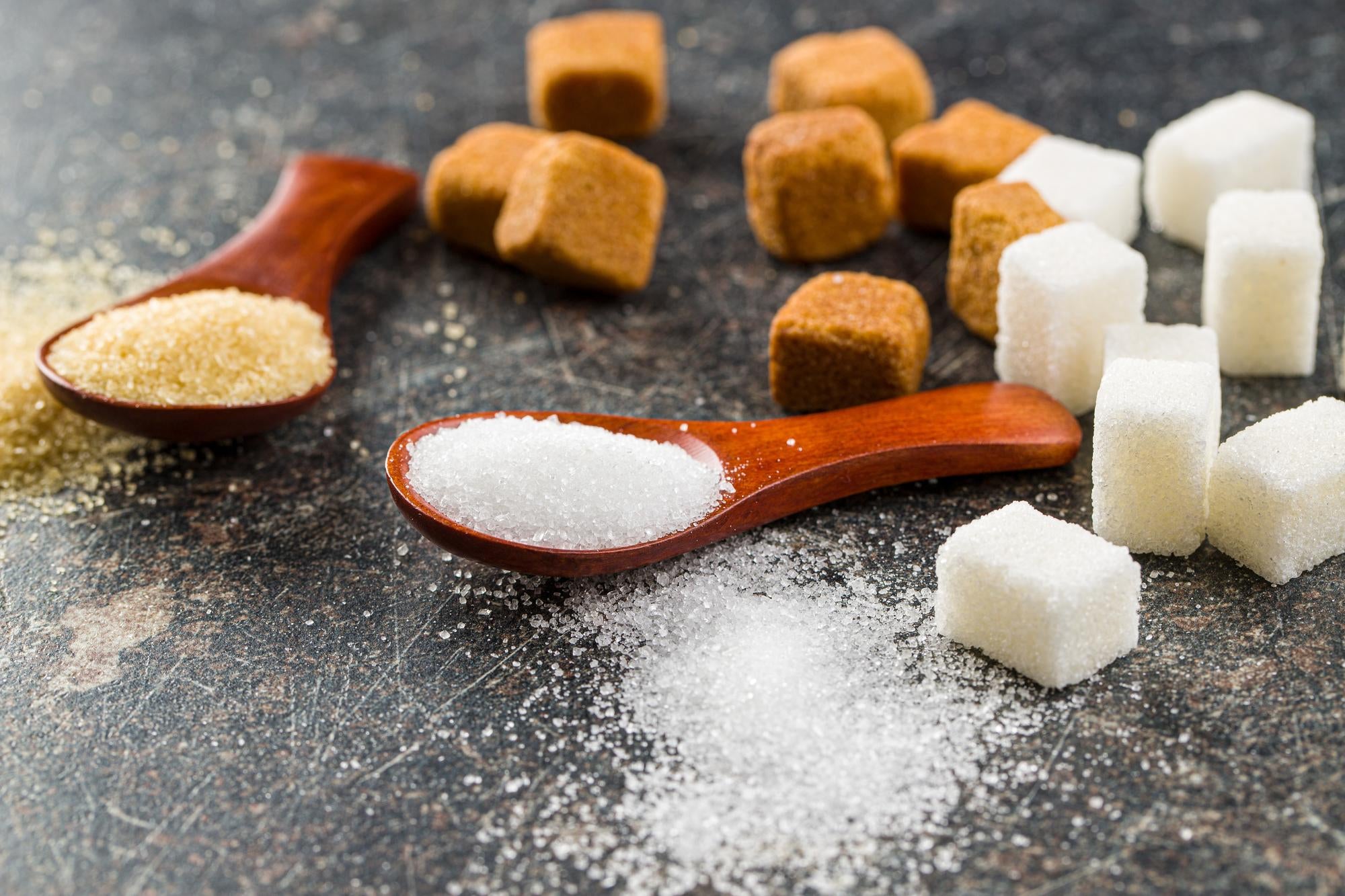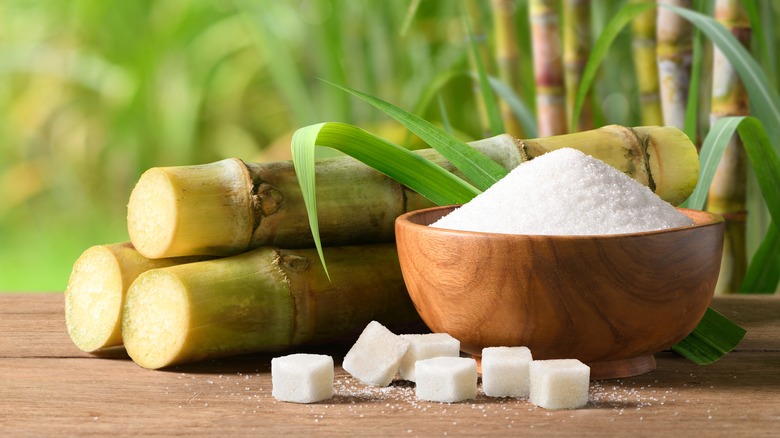The refining process of beet sugar vs cane sugar changes, affecting the final product’s appearance.
The refining process of beet sugar vs cane sugar changes, affecting the final product’s appearance.
Blog Article
Discover the Uses and Perks of Beet Sugar Vs Cane Sugar in Your Daily Diet Regimen
Discovering the distinctive qualities of beet and cane sugar reveals greater than just their sweetening capacities; it highlights their distinct influence on health and wellness and cooking arts. Beet sugar, known for its refined flavor, is typically preferred in fragile desserts, whereas cane sugar, with its hint of molasses, includes richness to durable meals. Each type holds its very own nutritional account and glycemic effects, inviting a deeper understanding of their duties in a well balanced diet and sustainable consumption techniques.
Beginning and Production Processes of Beet and Cane Sugar

The distinct climates and dirt kinds needed for expanding sugar beetroots and sugarcane contribute to distinctions in their growing methods and geographic distribution, influencing the business economics and sustainability of their manufacturing. beet sugar vs cane sugar.
Nutritional Comparison Between Beet Sugar and Cane Sugar
In spite of stemming from different plants, beet sugar and cane sugar are nutritionally extremely comparable, both primarily being composed of sucrose. Each gives concerning 4 calories per gram, converting to about 16 calories per tsp. Structurally, both sugars are made up of roughly 99.95% sucrose, with marginal quantities of other substances like dampness and trace element, which do not significantly change their nutritional accounts.

Ultimately, when choosing between beet sugar and cane sugar based upon nutritional web content alone, both offer identical advantages and disadvantages as they are basically forms of the same particle-- sucrose, giving quick energy without various other nutrients.
Effect on Health And Wellness: Glycemic Index and Caloric Content
Checking out additionally right into the results of beet sugar and cane sugar on health and wellness, it is important to consider their glycemic index and calorie content. The glycemic index (GI) of both beet and cane sugar is around 65, categorizing them as high-GI foods, which can trigger fast spikes in blood glucose levels.
Each kind of sugar includes about 4 calories per gram, making their caloric content matching. For those monitoring calorie consumption, especially when handling weight or metabolic wellness conditions, recognizing this equivalence is important (beet sugar vs cane sugar). Excessive usage of any type of high-calorie, high-GI food can add to health concerns such as excessive weight, heart disease, and insulin resistance.
Environmental and Economic Considerations of Sugar Production
Beyond wellness effects, the production of beet and cane sugar also raises significant environmental and economic concerns. Sugar beet cultivation tends to need cooler environments and has a reduced geographical impact contrasted my website to sugar cane, which prospers in exotic regions.
In addition, the use of chemicals and fertilizers in both beet and cane sugar growing can lead to dirt degradation and contamination, more influencing biodiversity and regional water bodies (beet sugar vs cane sugar). The option in between growing sugar beet or cane often rests on neighborhood environmental problems and economic elements, making the sustainability of sugar manufacturing a complicated concern
Culinary Applications and Taste Differences
While the ecological and economic facets of sugar manufacturing are undoubtedly significant, the choice in between beet and cane sugar additionally influences culinary applications and taste profiles. Beet sugar, stemmed from the sugar beet plant, is understood for its incredibly neutral taste. This makes it a flexible active ingredient in baking, where it does not modify the flavor of various other parts. It dissolves swiftly and is ideal for use in cakes, cookies, and pastries.
Walking stick sugar, drawn out from sugarcane, frequently maintains molasses traces, which give a distinctive splendor and deepness. This mild molasses flavor improves the intricacy of baked items, sauces, and marinates. It is particularly favored in things where a caramel undertone is preferred, such as in brownies or gingerbread. The minor variation in moisture web content in between beet and cane sugar can affect the structure and uniformity of dishes, making cane sugar a recommended their website choice for details recipes find more info that profit from its distinct residential or commercial properties.

Conclusion
Finally, both beet and cane sugar have distinct origins and production procedures, providing similar nutritional profiles with small distinctions in sodium web content and taste. While their effect on health, specifically regarding glycemic index and calories, is similar, the selection in between them typically boils down to ecological, economic elements, and certain cooking needs. Comprehending these aspects can assist customers in making educated choices that align with their wellness objectives and taste choices.
Report this page